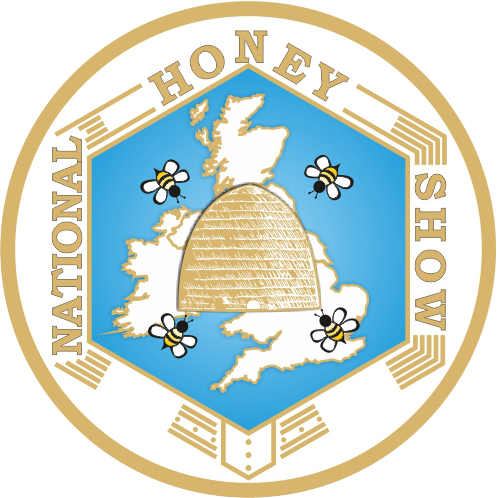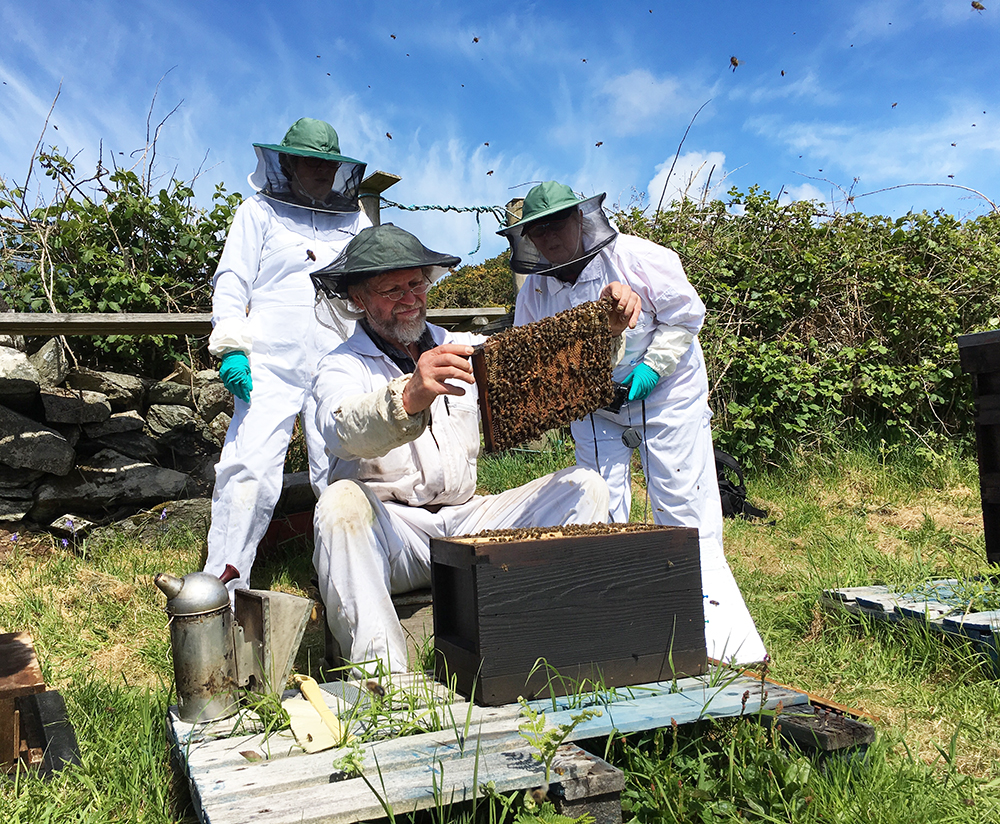Normal 0 false false false EN-GB JA X-NONE /* Style Definitions */ table.MsoNormalTable {mso-style-name:"Table Normal"; mso-tstyle-rowband-size:0; mso-tstyle-colband-size:0; mso-style-noshow:yes; mso-style-priority:99; mso-style-parent:""; mso-padding-alt:0cm 5.4pt 0cm 5.4pt; mso-para-margin-top:0cm; mso-para-margin-right:0cm; mso-para-margin-bottom:10.0pt; mso-para-margin-left:0cm; line-height:115%; mso-pagination:widow-orphan; font-size:11.0pt; font-family:"Calibri",sans-serif; mso-ascii-font-family:Calibri; mso-ascii-theme-font:minor-latin; mso-hansi-font-family:Calibri; mso-hansi-theme-font:minor-latin; mso-bidi-font-family:"Times New Roman"; mso-bidi-theme-font:minor-bidi; mso-font-kerning:1.0pt; mso-ligatures:standardcontextual; mso-fareast-language:EN-US;}
A Reserve for our Native Honeybee
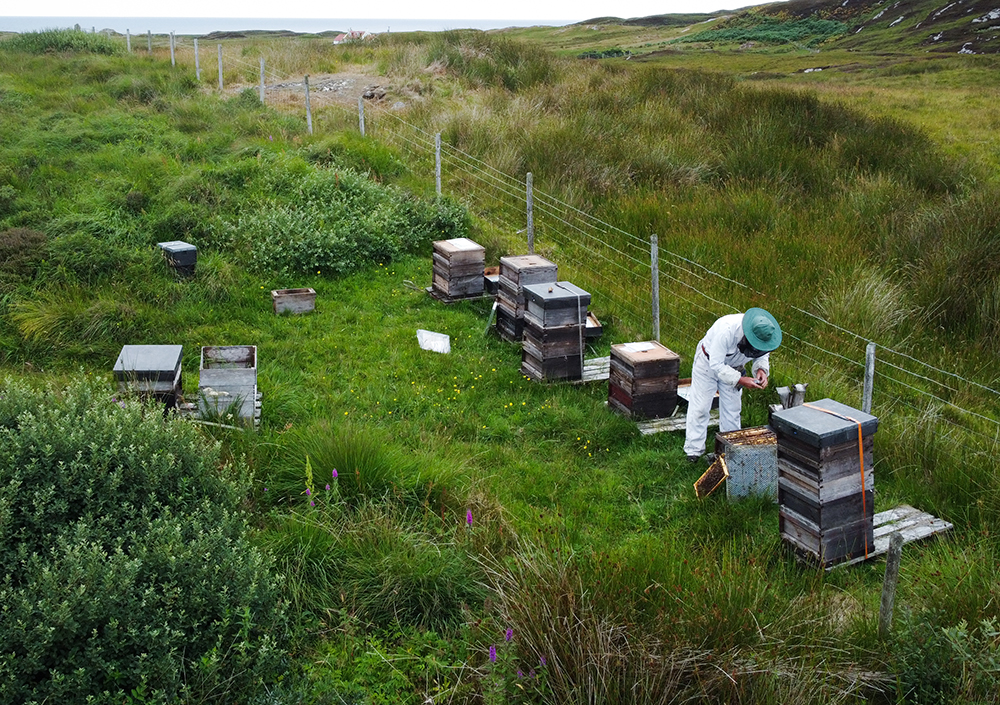
Introducing Andrew Abrahams,
Lecturer at the 2023 National Honey Show
Imagine that you have been tasked with creating and maintaining a Reserve for our native honeybee!
Where would you go? Where would you get your bees from? How many colonies would you require and would there be year round forage for them on your Reserve? How would you manage these colonies to ensure their future over many decades? But as an added twist, when you start your journey you will never have been near or know anything about bees!!
In his lecture, Andrew Abrahams will describe the very unlikely and unplanned path that has allowed him to create the Colonsay and Oransay Black Bee Reserve. He will outline the difficulties of managing, and maintaining over generations, a small closed population of Blacks in often harsh conditions. The talk will emphasise the philosophy of conservation through utilisation, “I look after the bees and the bees look after me”
Andrew’s first lecture on the Colonsay Black Bee is scheduled for 12.30pm on Thursday 26th October. His second lecture on nuclei, their uses and importance for sustainable beekeeping will be given at 4pm on Friday 28th October. Lastly, for the final lecture of the show, Andrew, joins three other show lecturers, Randy Oliver from California, Michael Palmer from Vermont, and Roger Patterson from West Sussex, UK, with over 200 years of beekeeping between them, to discuss their experiences in such different environments. Their varied perspectives, observations and adaptations to local climates, bees, legislation etc and management of unexpected situations that often need thinking “on the hoof” will form a lively and entertaining discussion. They won’t be taking questions from the floor, but questions submitted to lectures@honeyshow.co.uk by 18th October may be considered for discussion.
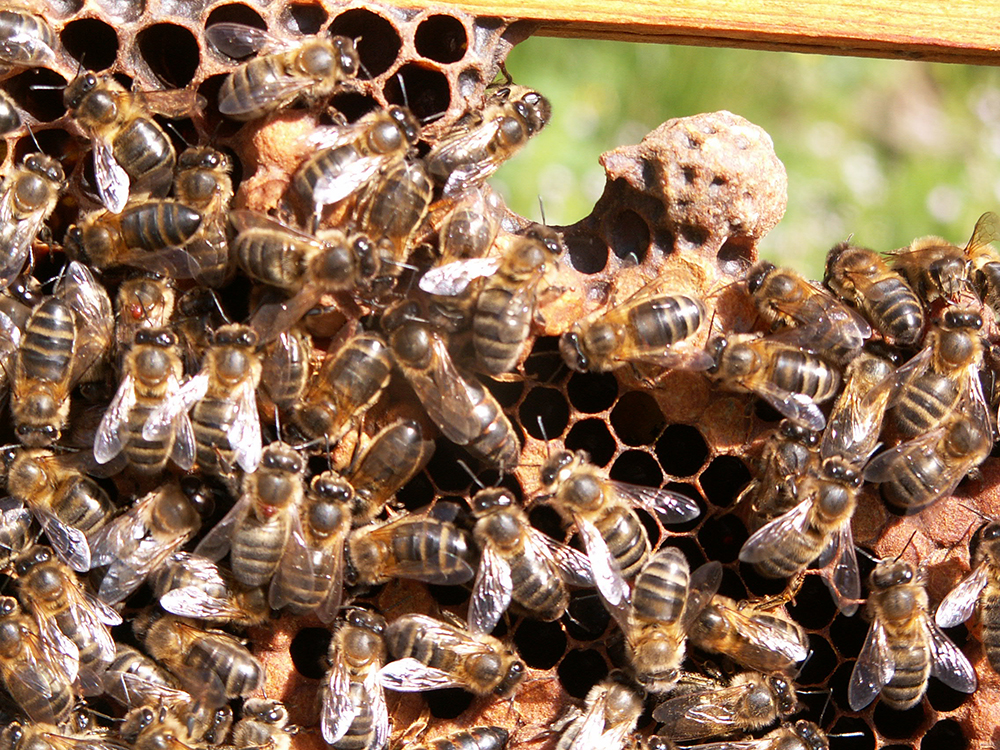
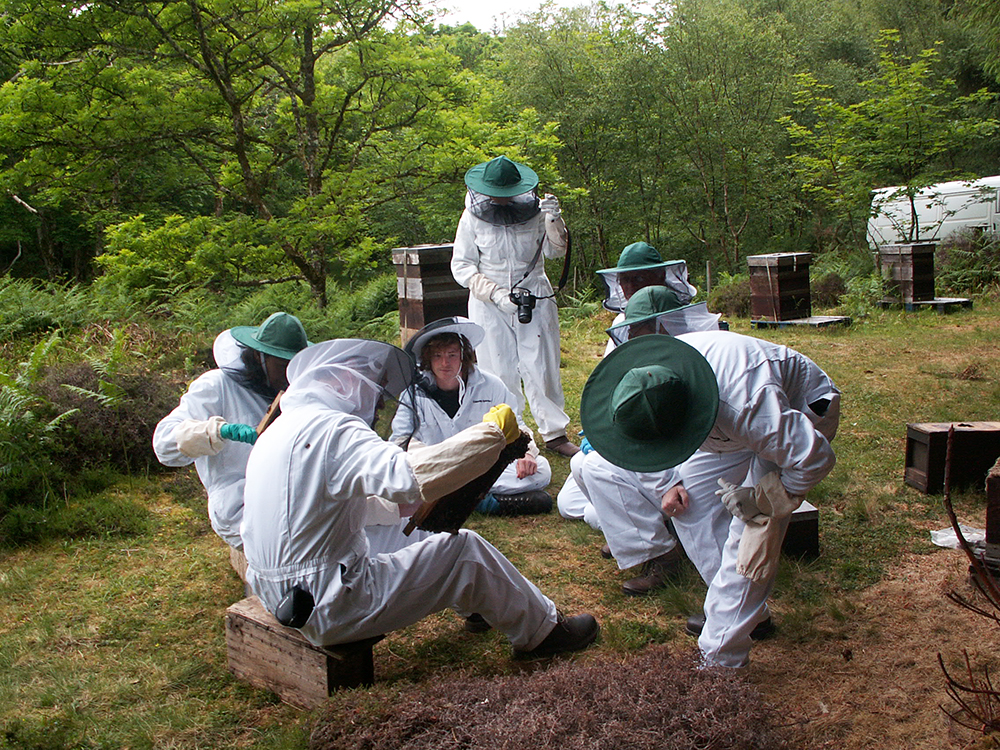
Colonsay is about 8 miles by 3 miles in size, a low lying island with rocky hills covered, unusually, in both bell and ling heather. Its landscape is varied, with several beautiful sandy beaches, and a sheltered and fertile interior, unusually well-wooded for a Hebridean island. It is linked by a tidal causeway to nearby Oronsay. Tourism is the mainstay of the island’s economy, with numerous holiday cottages, a shop and one hotel.
The island provides a stunning backdrop for Andrew’s beekeeping courses. Course participants must follow essential precautions to preserve the varroa and disease free status of the Colonsay Black Bee.
Our show lecturers are very approachable, you can chat to them as they will be staying to enjoy the entire show alongside the rest of us. This will make Andrew’s carefully timed travel from his remote island worthwhile both for his time with us, and our benefit from his lectures and expertise.
Join us at the special, centenary National Honey Show, 26 to 28 October 2023, Sandown Park Racecourse, Esher, Surrey, UK.
